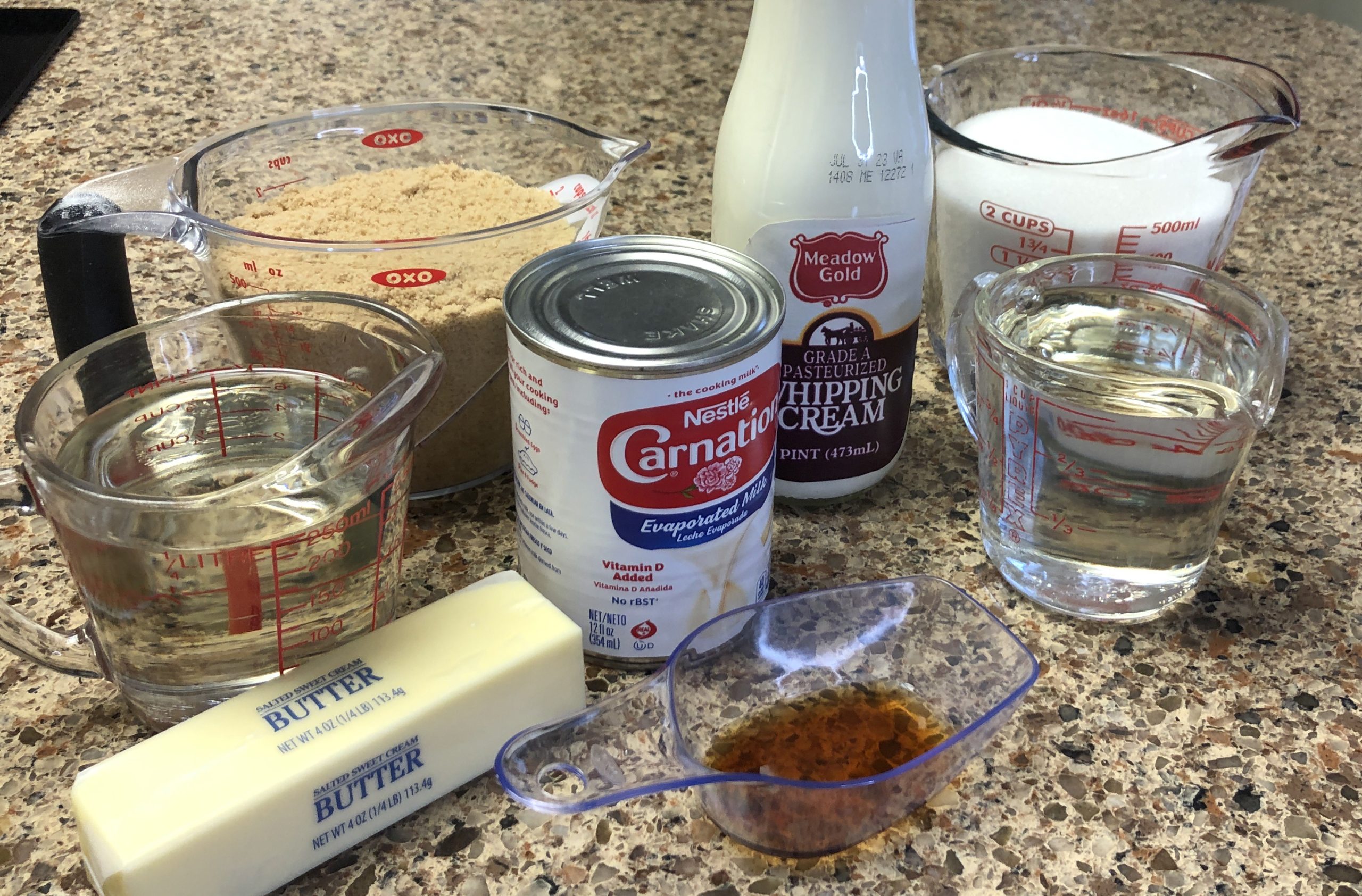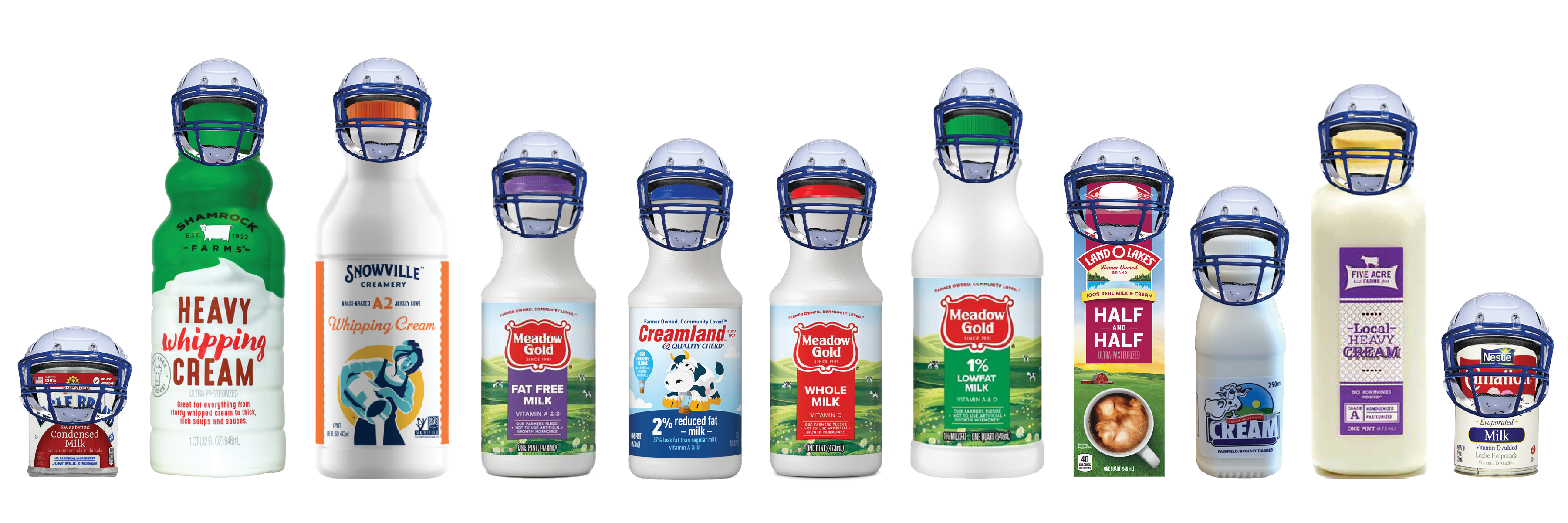this is a page for
Browsing Tag: evaporated
Caramel, the true color of Fall If you’ve just read the spring caramel post, hold on to your dentures because the fall caramel, with its simpler recipe, delivers a caramel with such subtle differences, that a peasant, unfamiliar with the nuances of culinary sublimity, fails to grasp the unparalleled importance of the need for two recipes. Don’t feel discouraged if you still wonder why we use two different recipes. You will want to read the Kent Merrell science behind the two caramel recipes, “The Tale of Two Caramels” click here. Here’s my mother’s recipe. Please note how pure it is. …
Spring Caramel In the article about caramel’s history, we focused on the four ingredients that make caramel the masterpiece that it is; sugar, water, and fat. When I readied to share the recipe for the caramel that we dip, to my utter shock, I found additional ingredients, corn syrup, vanilla, and a touch of salt. That discovery demands an explanation, or clarification, or rebuttal, whichever you choose. Was the previous article wrong, naive, or just inaccurate? So, delving into the corn syrup ingredient controversy, I found myself vindicated. Corn syrup is not an additional ingredient at all, it’s just another …
Even though hand-dipped chocolates only come around our place during the holidays; milk and its teammates hang around our house year-round. Let’s look at each in relation to hand-dipped chocolates.
We’ve got heavy cream, heavy whipping cream, whipping cream, cream, evaporated milk, canned milk, condensed milk, sweet and condensed milk, half-and-half, whole milk, 2% milk, low-fat milk, and nonfat milk, which my grandchildren, when given non-fat or skim milk, claim, are just white water. …



